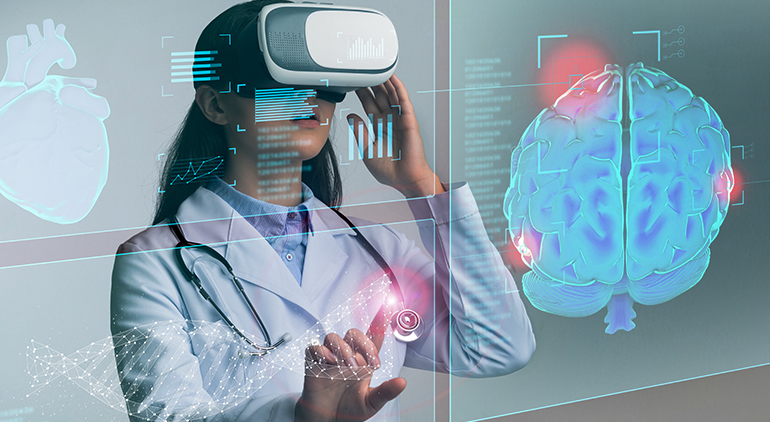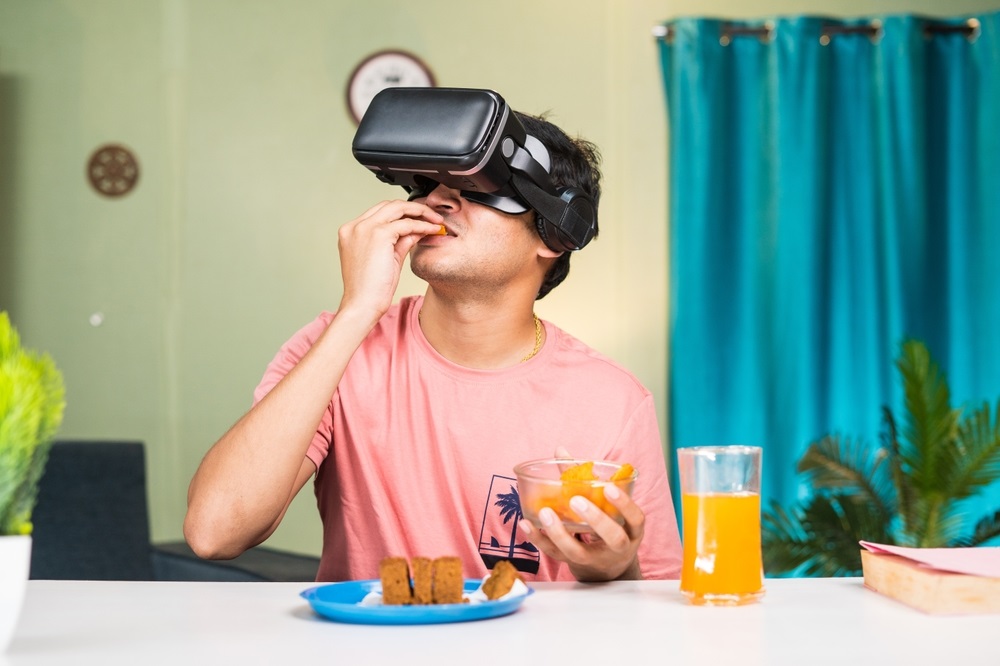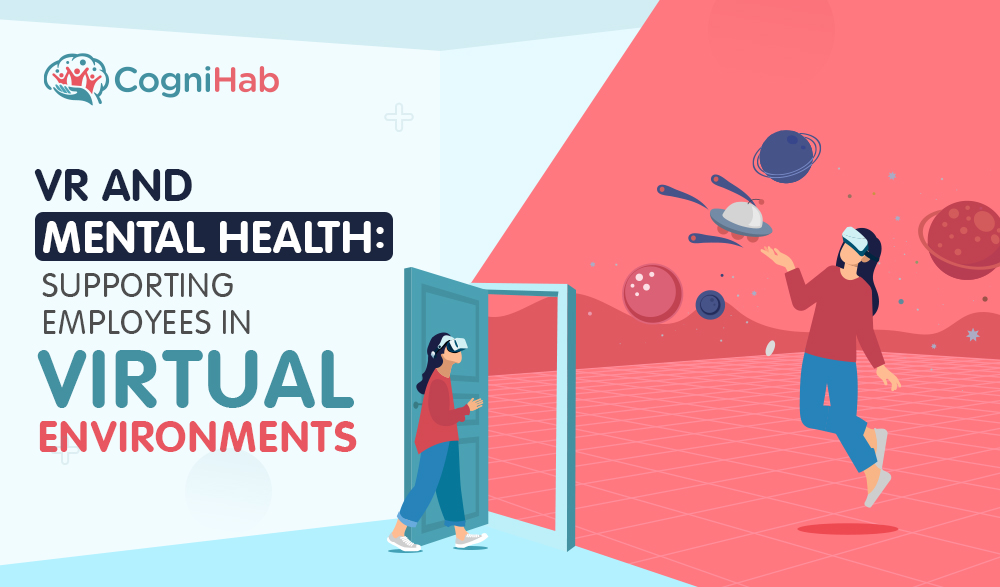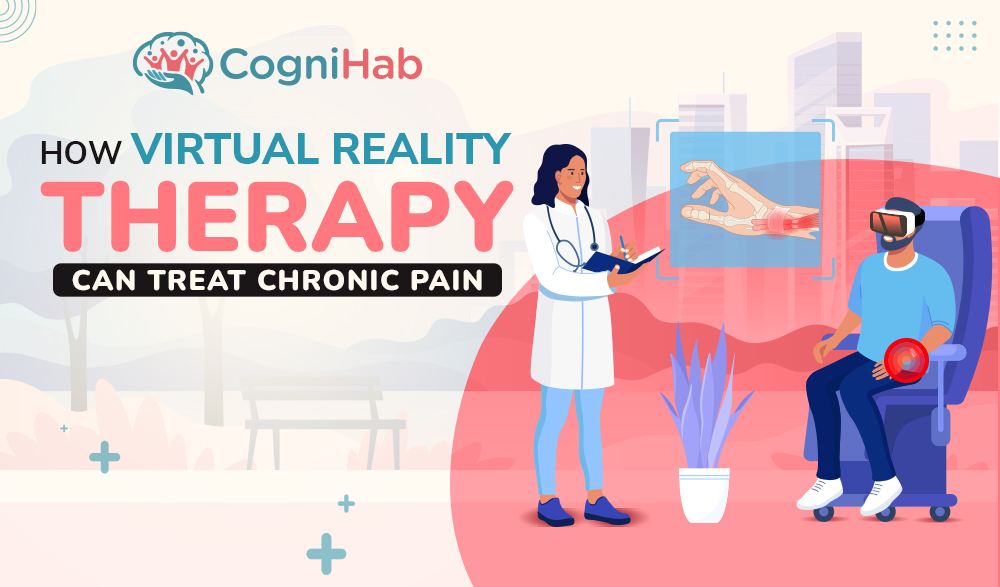Virtual Reality for Neuroplasticity and Cognitive Stimulations
Virtual reality is increasingly being used for cognitive stimulation. More recently, VR found application within the neuroplasticity market as well as the neurorehabilitation sector. Before we understand the science, let us see where the market stands today.
- The cognitive assessment market is growing at a CAGR of 33.8% from 2015 to 2021.
- The market has reached $4127.2 Million in 2021. This is a huge jump from $962 Million in 2015.
- Virtual reality healthcare is exhibiting a CAGR of 42.4% from 2018 to 2026.
- VR healthcare is expected to reach $30.4 Billion in 2026 from $1.56 Billion in 2018.
Extensive VR adoption is seen in all spheres of healthcare. Through this, the neurorehabilitation market is expected to have a complete changeover. Let us see why neuroplasticity and neurorehabilitation will profit immensely through VR.
VR and Neuroplasticity
Neuroplasticity and Virtual Reality have emerged as a new, secure, and convenient tool for neurorehabilitation. VR-based treatments have also been shown to cause cortical reorganization and facilitate the activation of various neuronal connections.
This is applicable over a diverse age spectrum, resulting in distinguished changes in motor and functional skills.
In recent years, the use of neuroplasticity has been explored, with the possibility of using serious games that combine perceptual learning and dichoptic stimulation.
Several scientific studies on this subject have been performed. The results are promising in terms of improving visual acuity, contrast sensitivity, and stereopsis.
Virtual Reality can improve neuroplasticity and recovery by incorporating more intense, repetitive, and engaging training for a range of purposes, such as:
- Exercises with varying degrees of complexity for rehabilitation
- Augmented real-time feedback
- More immersive and engaging environments
- Structured rehabilitation
- Healthy simulation of real-world activities of daily living.
It is precisely these advantages that VR sports over traditional treatment that makes it the better choice. Let us get a broader understanding of VR for cognitive stimulation.
VR and Cognitive Stimulation
According to HumanXR,
- 20% of people above the age of 65 have cognitive impairment.
- 40% of people will develop dementia in their lifetime
Lowered brain stimulation is the reason for this. Virtual reality can improve this. VR has shown considerable potential for improvement in the domains of attention, executive function, visual memory, and verbal memory.
Optimal cognitive stimulation cannot be obtained within the confined environment of a care home. Let us take a look at some benefits of VR when it comes to neuroplasticity, cognitive stimulations, and brain training.
Related post: Treating Depression and Anxiety with Virtual Reality
Benefits of VR for Cognitive Stimulation
- VR enables a highly flexible and personalized training environment.
- VR can be adjusted according to changing abilities of the patient making the treatment highly dynamic.
- Training-related injuries can be minimized substantially.
- VR lessens the dependence upon caregivers. Virtual reality can be experienced in a safe and familiar space, better adjusting the patient’s response to the procedures.
- VR can help gather important data. Patients can be monitored continuously and remotely and the data that the VR gear gathers can be used to tweak the training process.
- VR can be integrated with other aspects such as fMRI.
Evidently, these features have moved many caregivers and health experts into adopting VR. The following segments have been nurtured by virtual reality to give a more meaningful experience to patients suffering from neuroplasticity and lack of cognitive stimulation.
Cognitive Stimulation Segments Driven by VR
- Data management and assessment
- Consultation
- Training
- Brain training
- Clinical trials
- Research
A wide array of professionals can benefit from this. This includes technology investors, research firms, hospitals, healthcare practitioners, and exclusive brain training companies. So what conclusions can be made from this data?
Conclusion
Many industry players such as Cambridge Cognition, Cogstate, Bracket Global, Medavante, Quest Diagnostics, ProPhase, Cognifit, Eresearchtechnology, Neurocog Trials, and Pearson Education among others have started to invest heavily in the tech.
Increased demand for cognitive assessment solutions is the main driver for adoption and change. An increase in the awareness of brain fitness also plays a major part. Virtual reality is becoming a game-changer in the healthcare segments and with faster adoption, the tech can evolve.
At Cognihab, we offer a wide array of virtual reality-powered healthcare solutions. We have dedicated suites for Vision Therapy, Stroke Rehabilitation, Spinal Cord Injury, Autism, Cerebral Palsy Treatment, Cancer, and Anxiety Reduction. Visit us at www.cognihab.com for more info.







